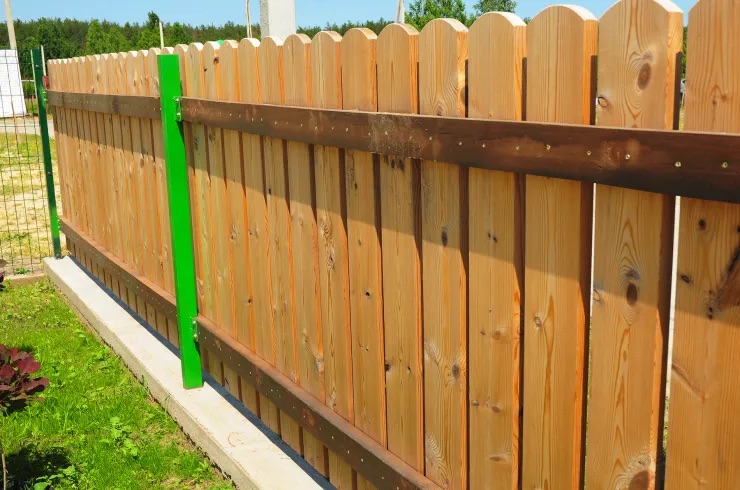Understanding the Benefits of Different Fence Materials
Choosing the right fence material is crucial for both functionality and aesthetics. Different materials offer unique benefits that cater to various needs, such as durability, maintenance, and cost-effectiveness.
For instance, vinyl fencing is known for its low maintenance and long lifespan, while wood provides a classic look that can enhance property value. Metal fences, like aluminum and wrought iron, offer strength and security, making them ideal for perimeter fencing.
Essential Tools for Fence Installation
Having the right tools is essential for a successful fence installation project. A well-equipped toolkit not only speeds up the process but also ensures that the installation is done correctly and safely.
Key tools include a post hole digger for creating holes, a level to ensure the fence is straight, and a power drill for securing panels. Additionally, safety gear like gloves and goggles should not be overlooked to protect against injuries during installation.
Common Mistakes to Avoid When Installing a Fence
Many homeowners make common mistakes when installing a fence that can lead to costly repairs or replacements. Being aware of these pitfalls can save time and money, ensuring a smoother installation process.
One frequent mistake is not checking local zoning laws and property lines, which can result in disputes with neighbors. Additionally, failing to properly set fence posts can lead to instability, causing the fence to lean or collapse over time.
Maintenance Tips for Longevity of Your Fence
Proper maintenance is key to extending the life of your fence. Regular upkeep not only preserves its appearance but also prevents structural damage and costly repairs.
For wooden fences, applying a weather-resistant sealant every few years can protect against rot and insect damage. Meanwhile, vinyl and metal fences typically require only occasional cleaning to remove dirt and debris, ensuring they remain in top condition.




